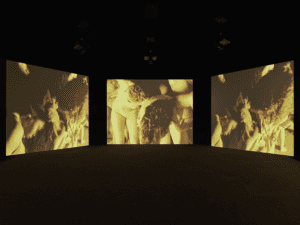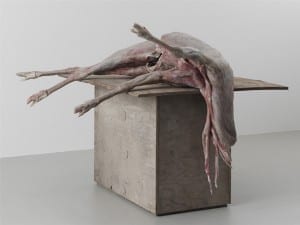With climate change and the political and economic consequences that follow from environmental disaster increasingly becoming the dominant issue of our age, new solutions are needed to issues as fundamental as housing which do not rely upon global supply chains or the stripping of local environments. In Habitat: Vernacular Architecture for a Changing Planet, more than 100 experts from a range of disciplines are brought together to consider alternative approaches from around the globe. A landmark publication, this vast, large-format book examines what the traditions of vernacular architecture and of regional craftspeople around the world can teach us about creating a more sustainable future.
As Tomasz Chruszczow, Chair of the Subsidiary Body for Implementation of the UN Framework Convention on Climate Change writes in his foreword: “Having a home – a shelter, a cave, a cottage, a castle, a house – has, as we know, always been a part of humanity’s basic needs. It still is today, but one thing that has been changing with time is technology. Its development has resulted in new materials and facilities, which assist everyday life. But nothing has changed as dramatically as the population of this planet. We were around one billion at the beginning of the 19th century … it is foreseen that nearly 15 billion will be welcoming the dawn of the 22nd century. Can all those people live a peaceful and secure life on Earth? How to make this possible within the existing planetary boundaries? Which technologies will help it happen? Which resources will be the most sustainable?”
With over 1,000 illustrations and organised around the five major climate zones, polar, temperate, tropical, desert and continental, the book addresses such question by revealing how people and cultures have adapted to their environment to make the best use of indigenous materials and construction techniques. The vast list of contributors ranges across disciplines and countries, and includes Lucia Garzon, a Colombian architect who designs, constructs, researches and teaches using natural and unconventional materials, including earth, wood, stone and bamboo, Dr Mounia Chekhab-Abudaya, an art historian specialising in the Maghreb and Sahara regions, currently the Curator for North Africa and Iberia at the Museum of Islamic Art, Doha, and Professor Mark L. Gillem, who lectures at the University of Oregon and runs the architectural practice the Urban Collaborative which addresses sustainability, social responsibility and historic preservation. What is presented here is a timely and urgent story of humanity’s capacity to create architecture without jeopardising the equilibrium of the ecosystems upon which human life depends.
Habitat: Vernacular Architecture for a Changing Planet, edited by Sandra Piesik, is published by Thames & Hudson on 5 October. For more information: www.thamesandhudson.com
Credits:
1. Technology School of Guelmim, Morocco.





